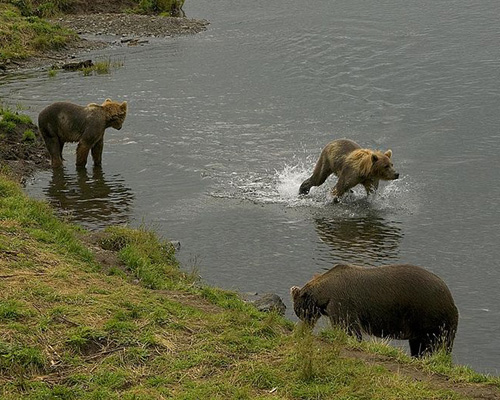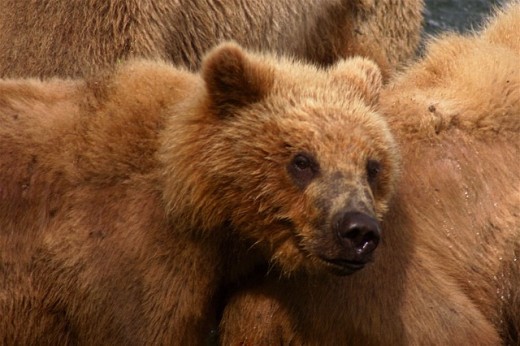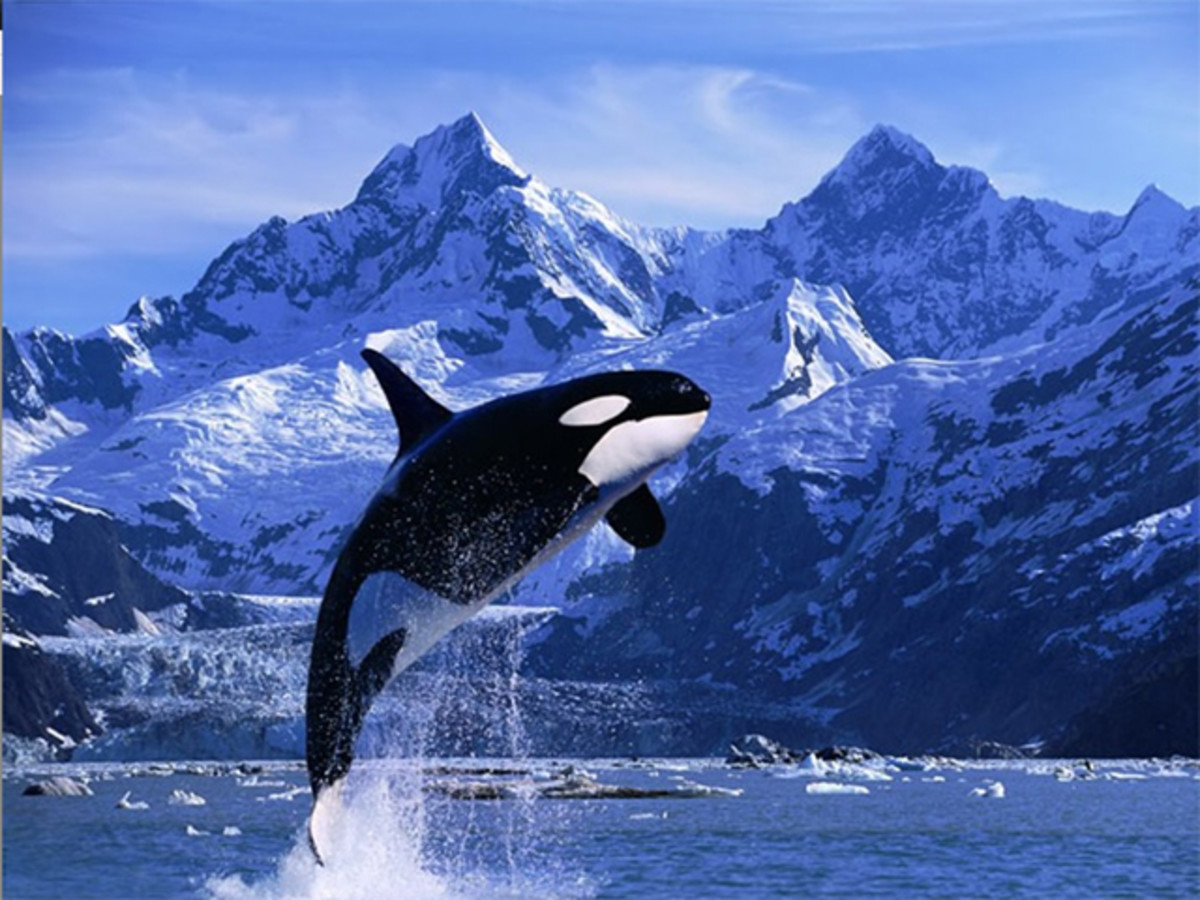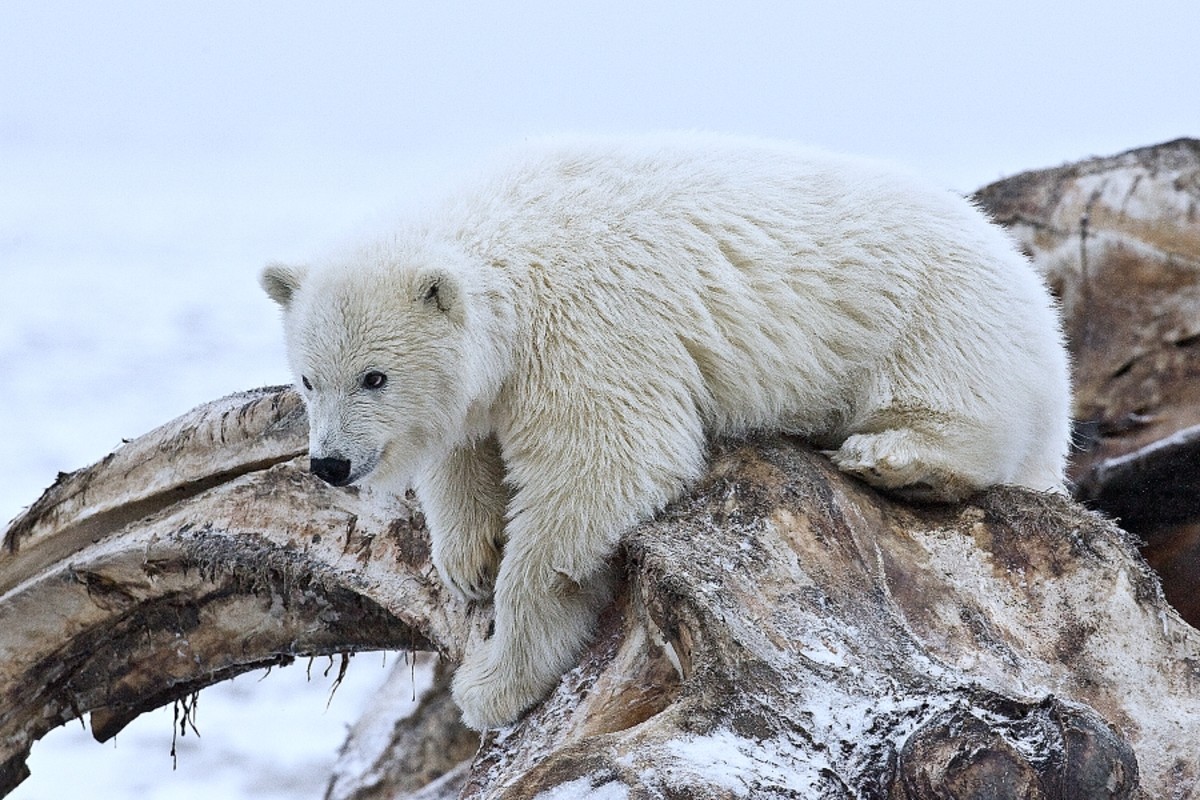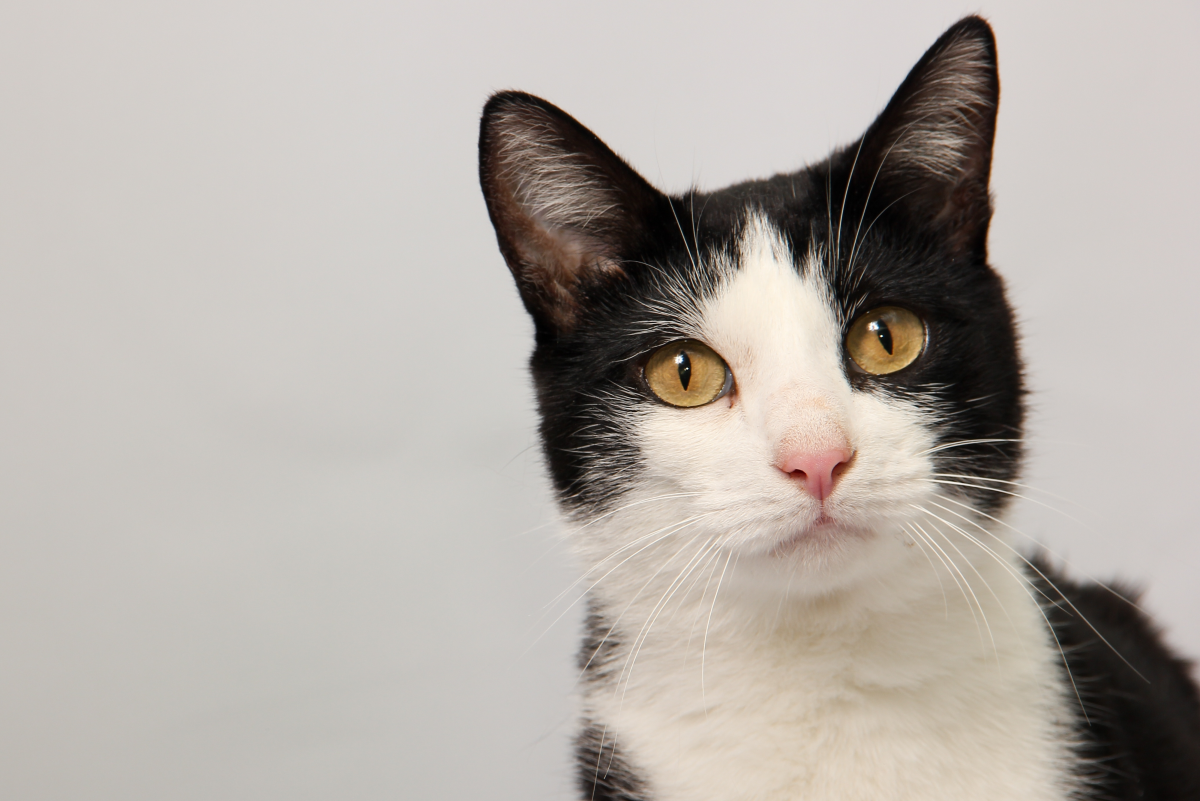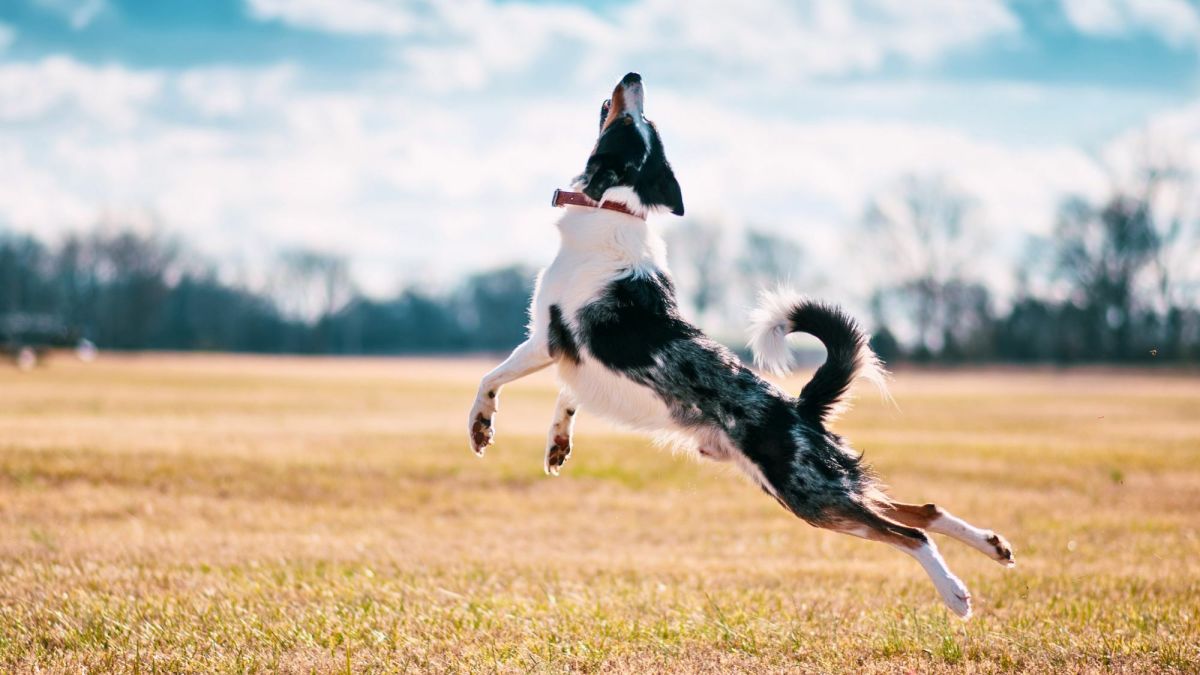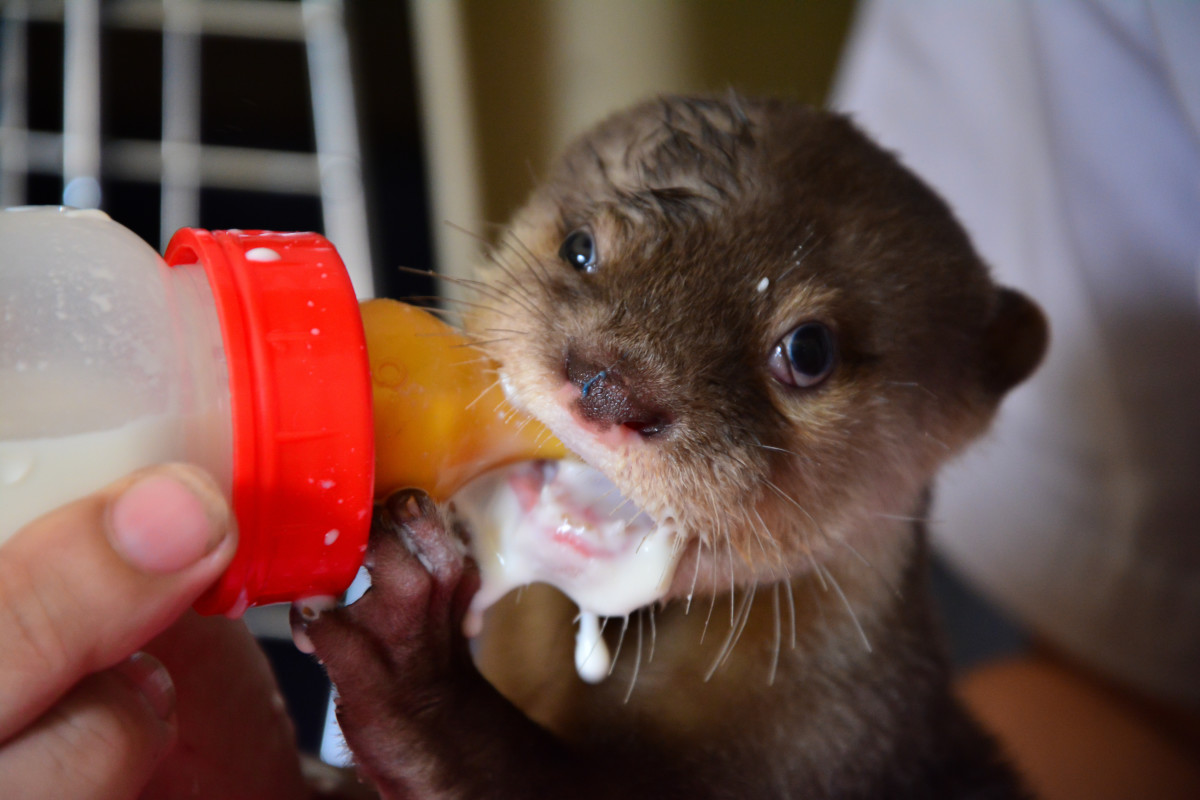Kodiak Bear
Scientific Name: Ursus arctos middendorffi
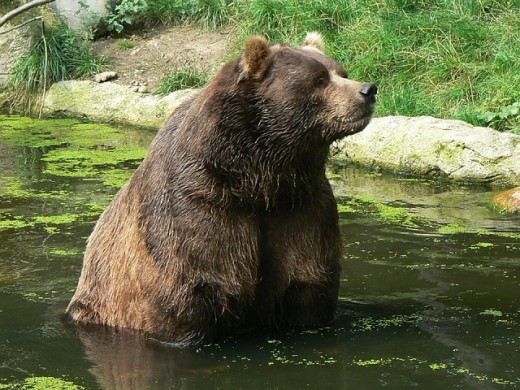
Kodiak Bear Description
Kodiak Bears are in a class all their own due to the size of them. No other bears out there can measure up in this particular area. Did you know that males can be from 1,000 to 1,400 pounds? Females are still at a good size with a weight of 600 to 800 pounds. Of course they are hard to measure but experts have their tools to get as accurate of information as possible.
They don’t look out of proportion though because the males can be 10 feet tall and the females can be about 7 feet tall. Kodiak Bears are brown in color but some of them are very light, with a golden tint to them. Others happen to be a very dark shade of brown so you can’t identify them based on just the color of their coat. Some people assume what they are seeing is a Brown Bear due to these variations of coloring.
Facts about Bears
- Bear facts
Bear Facts, Bears facts and information, Relevant information about bears, Ursus - Facts about Polar Bears
Polar Bear Facts and Information. Feeding, habitat, distribution, reproduction, anatomy and more. Also, the conservation efforts made to preserve Polar Bears and how humans have interacted with Polar Bears.
Kodiak Bear Anatomy
You would expect nothing less than a very large head for a bear of this size. However, it is even large when you take the rest of the body into consideration with it. The entire body of a Kodiak Bear is very bulky. While they are very powerful, they also have lots of fat on them. The purpose of this is to allow them to store what they will need to survive the long winter months.
They have the ability to slow down their heart rate and lower their body temperatures. That way they are able to live on very little intake for the long and harsh winter. They burn very little energy while in this type of sleeping mode. We can’t talk about the anatomy of this bear without exploring their amazingly long and sharp claws. They can put them out when they need them.


Amazing Animal Facts
- Tiger Facts
Tiger Facts and Information. Feeding, habitat, distribution, reproduction, anatomy and more. Facts about Species like the Siberian Tiger, Bengal Tiger, Sumatran Tiger and many others. - Gorilla Facts
Gorilla Facts and Information. Feeding, habitat, distribution, reproduction, anatomy and more. Facts about species like the Eastern Gorilla and Western Gorilla. Also the conservation efforts made to preserve Gorillas. - Elephant Facts
Elephant Facts and Information. Feeding, habitat, distribution, reproduction, anatomy and more. Facts about the African Elephant and the Asian Elephant and the conservation efforts made to preserve Elephants.
Kodiak Bear Behavior
A significant difference from the Kodiak Bears and others is that they are active throughout the day. This can increase the risk of hikers and campers coming into contact with them. They may be out at night too if they haven’t consumed enough food during the day. Loud noises at night can disturb them enough for them to check it out or at least be moving to a new location.
These bears are very solitary when it comes to their daily survival. There are times when it is necessary for them to feed from a common ground. For example when they are feeding from the water due to the abundance of large fish in it. Otherwise the males definitely do their best to avoid each other.
The females have a smaller area that they travel so they often do see other females. They may overlap into the areas of males as well. The aggressive behaviors from the males increase when it is time for mating to occur. They will also become more demanding when they are having a hard time finding enough food.
Kodiak Bear Evolution
The story isn’t really clear when it comes to the evolution process for the Kodiak Bear. It is believed that they were once part of the Brown Bear family so today they are a subspecies. The changes that separate them though likely occurred about 25 million years ago. The bears that were in the areas where the Kodiaks survive today had to learn to live in an environment that was very challenging.
Kodiak Bear Habitat
If you aren’t familiar with the area of Alaska, you may not realize that a place there is called Kodiak Island. This is where the name for these bears comes from. Today there is the Kodiak Wildlife Refuge there to help protect the 3,500 of them that are still in the wild. Of course there are some that are found in other regions scattered throughout Alaska as well.
Due to the wildlife refuge the economy of Alaska has improved as well. There are tours offered where people can come to see the Kodiak Bears as well as other animals in their natural habitat. It is a wonderful experience if you love nature and it is in a controlled environment which reduces the risks for the bears as well as for humans.
More Animal Facts...
- Orangutan Facts, Bornean Orangutan, Sumatran Orangutan
Orangutan Facts and Information. Feeding, habitat, distribution, reproduction, anatomy and more. Facts about Species like the Sumatran Orangutan, Bornean Orangutan and many others. - Otter Facts
Otter Facts and Information. Feeding, habitat, distribution, reproduction, anatomy and more. Facts about Species like the Giant Otter, Sea Otter and many others. - Facts about Snails
Snail Facts and Information. Feeding, habitat, distribution, reproduction, anatomy and more. What do snails eat? How do snails reproduce? What is the Life Cycle of a Snail? And more.
Kodiak Bear Feeding Habits
Fish are the primary meals for these bears. There are certain times of the year when they are more plentiful than others. Due to the types of foods that can be grown in the wild in Alaska they don’t have too much to choose from in the way of fruits and plants. However, there are some that are found in the summer months. You can be sure these bears know where to find them too!
To help supplement their diet, Kodiak Bears are well known for being able to find large game to take down. They can easily kill a moose, deer, or elk. This type of meal is more than enough to satisfy them for a length of time. They can take down these animals and even drag them to a secure location to feed on them.
Kodiak Bear Reproduction
Since the summer time is when there is the most food, it makes sense that this is also when the Kodiak Bears are ready for mating to occur. Only the strongest males out there get the right to mate with a female. They will only mate with one during this period of time though instead of finding many.
The females don’t give birth until January or February. This is due in part to the ability to prevent the embryo from starting to grow for several months after the mating has occurred. This is just one more way that nature plays a vital role in their overall survival. The young are actually born while the female is still hibernating. Hopefully she has stored up enough fat before going into hibernation for her own needs. She will also need to supply milk for the young to live on for several weeks.
More cubs can be born with this species of bear than any other. They can have up to six but generally only have two or three. With a large litter there is just no way the mother is able to nourish all of them. Instead she will have to select the strongest and focus on helping them to thrive.
The death rate for these young Kodiak Bears is very high. Even those that do survive while in the den find life is hard when they are out of it. Males may come in and kill them to prevent them from being able to mate later on. They also do this to encourage the females to mate again that season.
Kodiak Bear Predators
Kodiak Bears can be brutal with each other, especially males that are fighting over territory or females. As their natural environment continues to get smaller they will fight more and more for the space and the food that remains.
However, the only predator they have other than themselves is humans. This is one large bear that many hunters want to have the opportunity to kill. It is getting harder to do so though with the protection in place for them. Still, there are some of these bears that become victims of greedy hunters on a regular basis.

